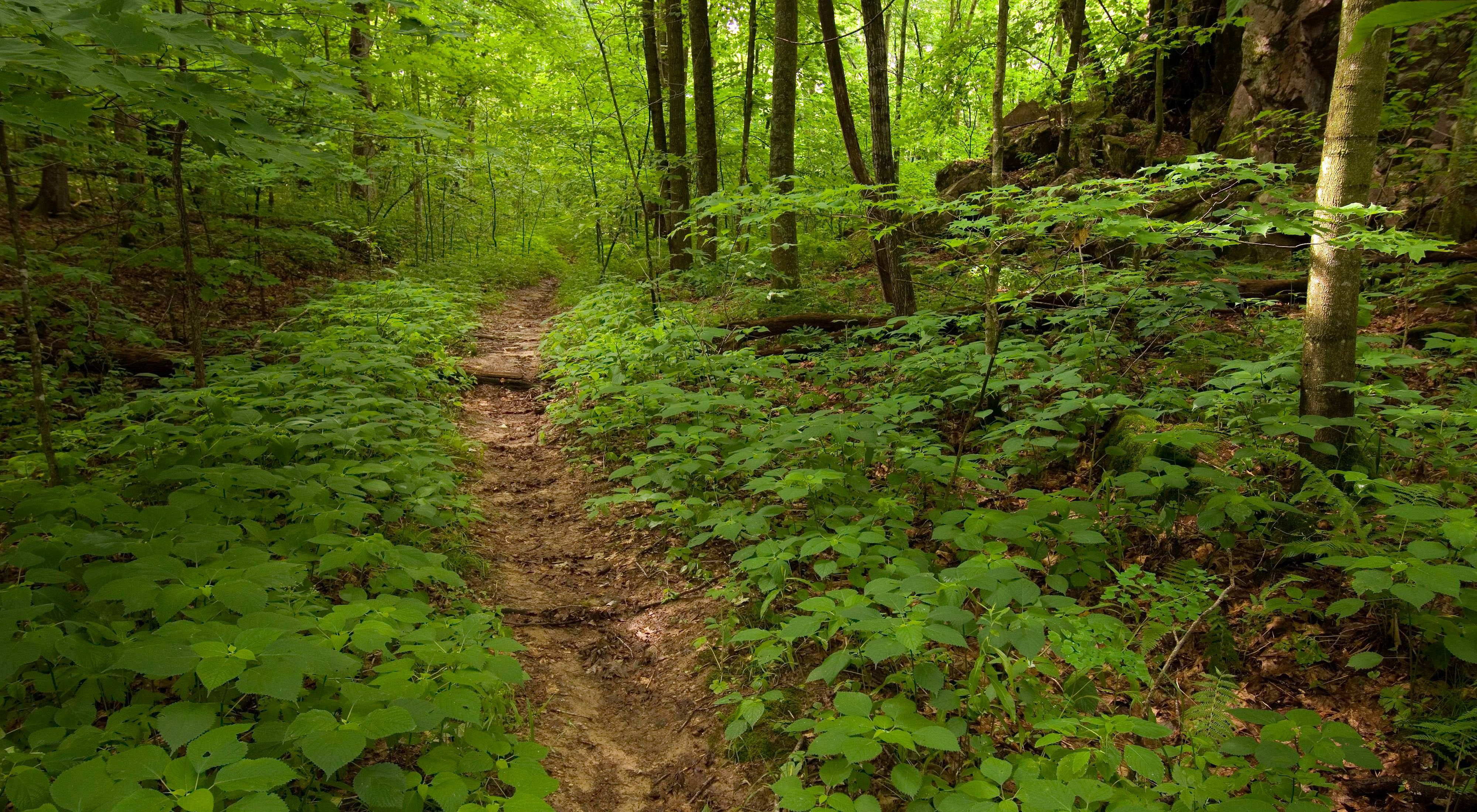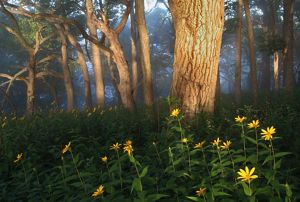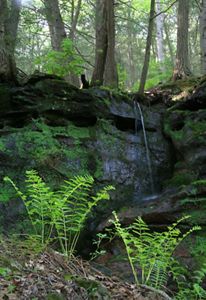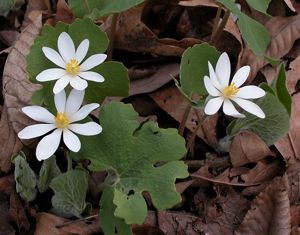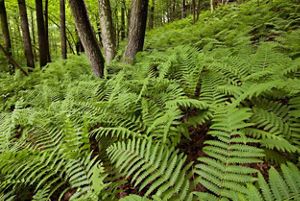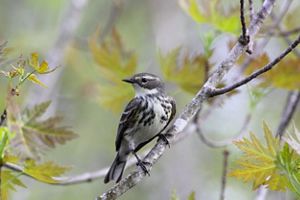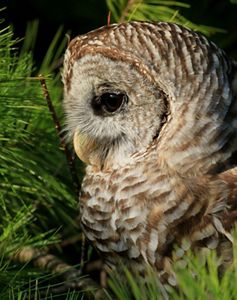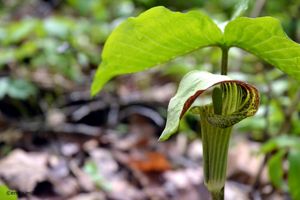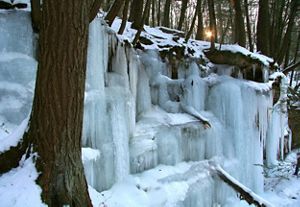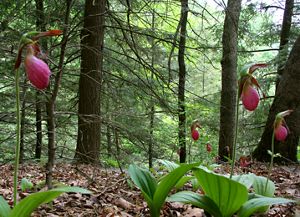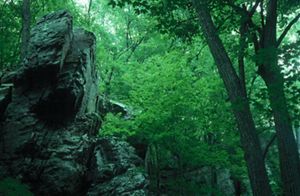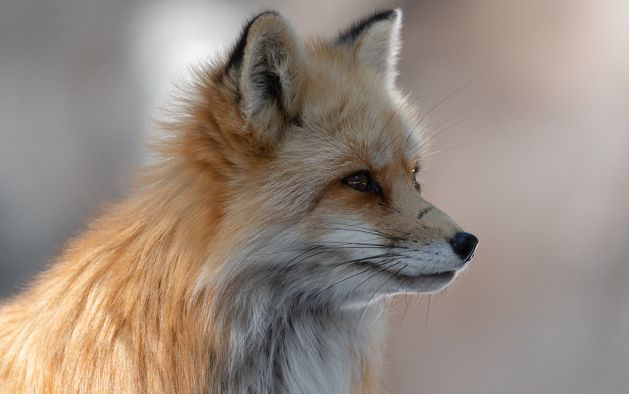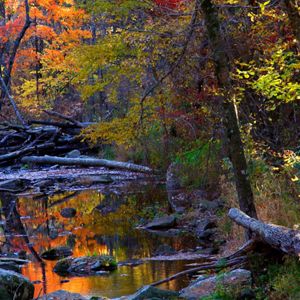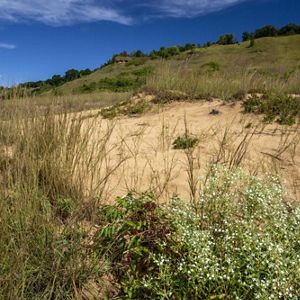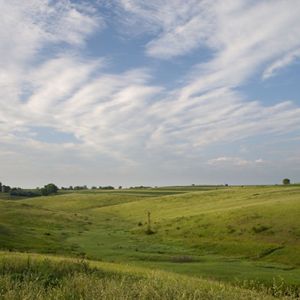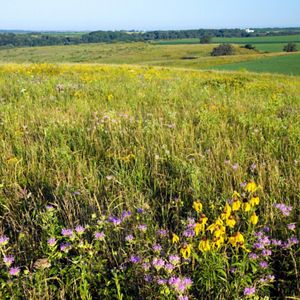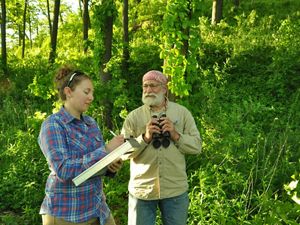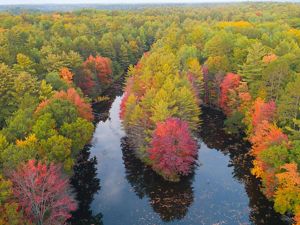Background
The Nature Conservancy (TNC) first came to the Baraboo Hills in the early 1960s at the request of local residents and university professors who recognized the unique nature of this area. They wanted TNC’s help in protecting it.
Hemlock Draw is among TNC’s earliest acquisitions in the Hills, with land first purchased in 1964 and conceived as a forest study area. The presence of both northern and southern plant and bird species makes Hemlock Draw an important site in the Hills.
According to Harold Kruse in his book “Natural Areas in the Baraboo Hills,” in the early 1960s, Dr. Orie Loucks, a professor at the University of Wisconsin-Madison at that time, first referred to this area, where hemlock trees extended fully a mile along the stream that wound through the valley, as the “Hemlock Draw,” and thus it has been called ever since.
While the forests of the Baraboo Hills are in relatively good condition, we are losing oak trees, putting the birds, insects and other wildlife that depend on them at risk. In 2014, we began to restore the oak forests at Hemlock Draw Preserve, using thinning and prescribed fire to set the stage for acorns to germinate and take root and for oak seedlings to have plenty of light to compete well.
